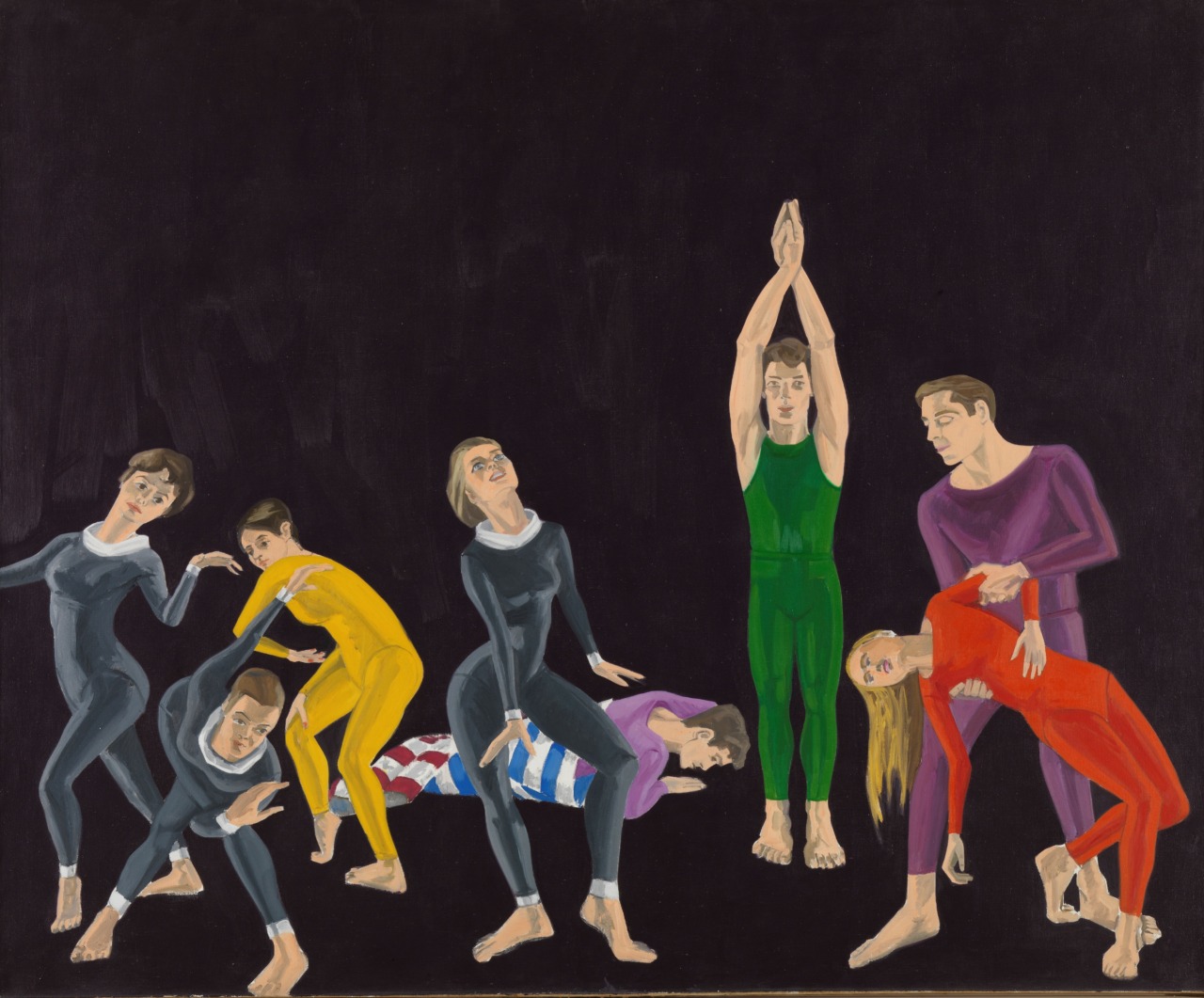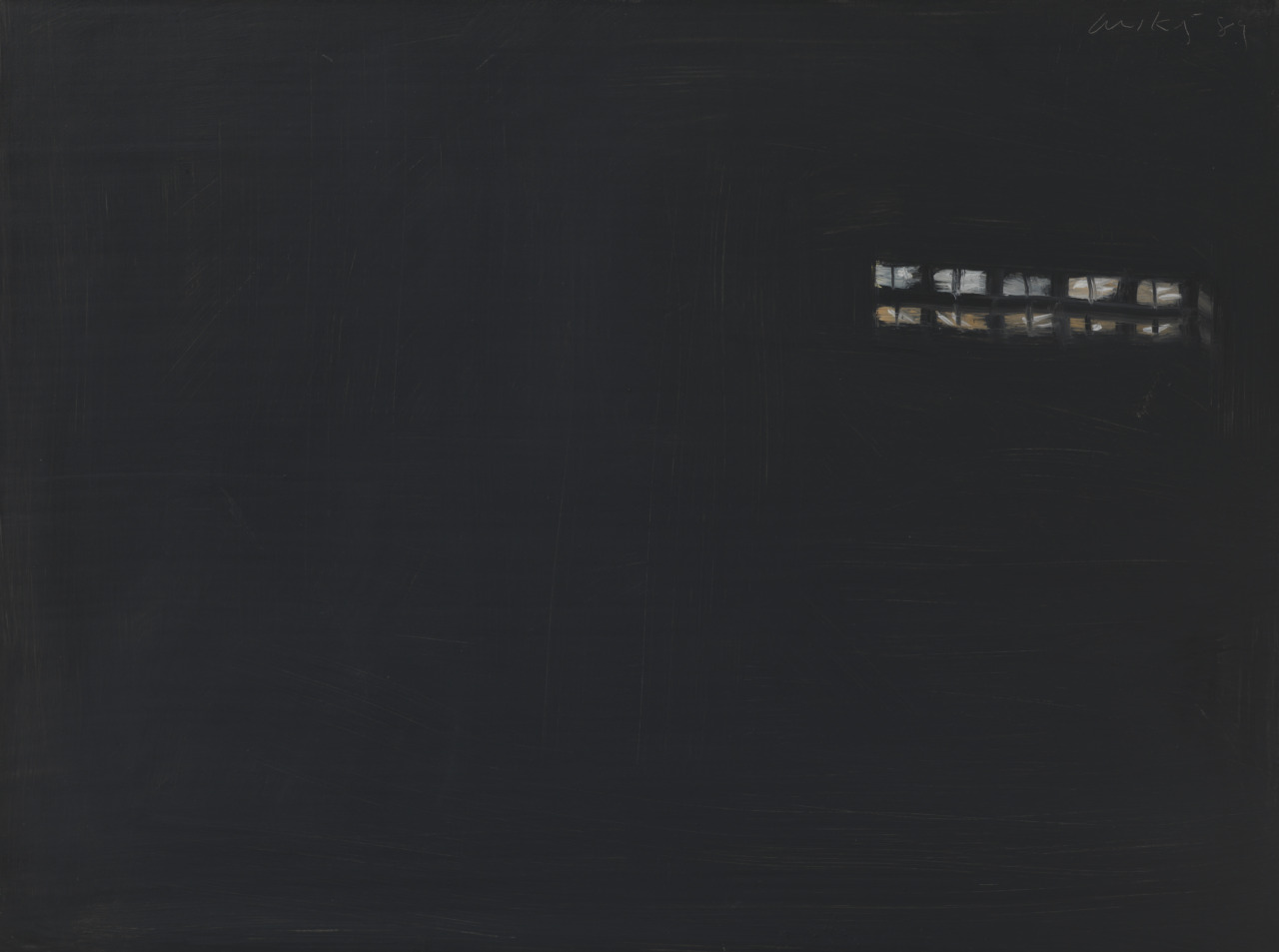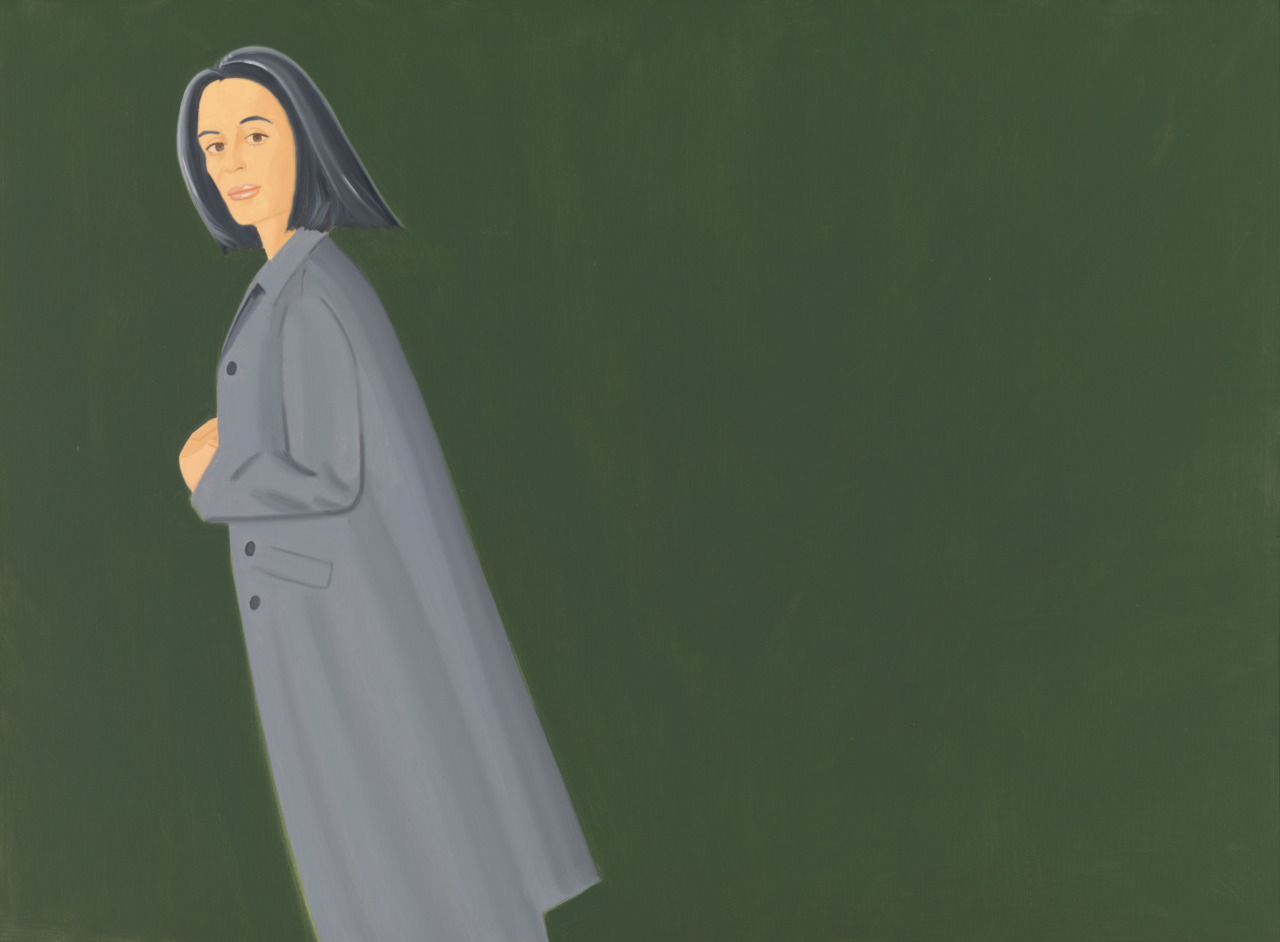Cyclops
Information about the artwork
- MaterialBronze
- On viewCurrently not exhibited
More about the artwork
The sculptor Eduardo Paolozzi was born in Scotland in 1924 to Italian parents. As a child, he obsessively collected science fiction magazines, old toys, and other items—all materials that would later feed his artistic oeuvre. He was fascinated by popular culture as well as modern machines and technologies. In the mid-1950s, Paolozzi began a series of bronze sculptures with unusual surface textures and strangely perforated bodies. Through the technique of lost wax casting, numerous objects were imprinted on the “skins” of these bodies, as if in a three-dimensional, hardened collage. To do so, he used the debris of post-war society: discarded toys, defective electrical components, and other trash. Paolozzi’s bronzes, including “Cyclops,” are as much signs of the destruction of war as they are images of an everyday life permeated by consumer products and technology. He looked curiously at these changes: technology was not foreign to him—he rather thought of it as a natural part of society and people.
for kids (and anyone else who is curious!)
Hey you there, bronze sculpture! Your artist called you “Cyclops.” A giant, with only one eye on your forehead; are you really the blacksmith who makes thunderbolts and lightning for Zeus, the father of the gods? Where has your strength gone? You look so worn out! What we see is a machine creature on long, spindly legs; a medium-sized, footless figure. It has a cog instead of an eye. Its body seems strangely knotted and awkward. It tilts a bit to the side, off balance, and yet it is steeped in technology and progress. The sculptor, Eduardo Paolozzi, was born in Scotland in 1924 to Italian parents. Ever since childhood he loved science fiction magazines, old toys and other found objects—materials he would later use for his art. In the mid-1950s the artist started work on a series of bronze sculptures with oddly holey bodies. He used a special technique called lost-wax casting. Numerous objects are imprinted on their “skin.” For this, he used worn parts from the post-World War 2 era: discarded toys, defective electrical components, trash. Eduardo Paolozzi was very curious about the technical changes of his time.
This way to the Factory







